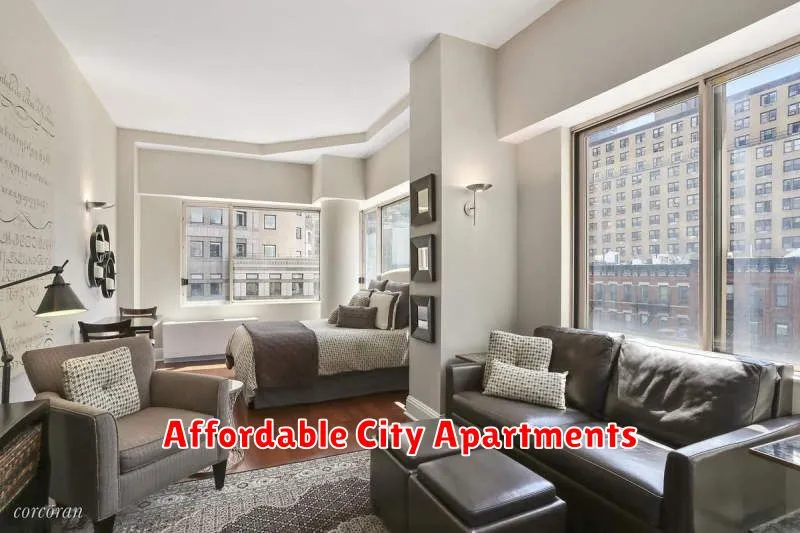Are you dreaming of living in a bustling metropolis like New York City, San Francisco, or London, but are worried about the high cost of rent? Don’t let sticker shock deter you from pursuing your urban dreams! This article will provide you with practical strategies and insider tips on how to find affordable apartments in expensive cities. We’ll cover everything from exploring alternative neighborhoods to negotiating with landlords and even uncovering hidden gems in the rental market. By the end, you’ll be equipped with the knowledge and confidence to secure a comfortable and budget-friendly home in your desired city.
Researching Neighborhoods
When you’re looking for an apartment in an expensive city, the first step is to research neighborhoods. Look for areas that meet your needs and your budget. Consider things like:
- Commute: How long will it take you to get to work or school from different neighborhoods?
- Amenities: Are there parks, grocery stores, restaurants, and other amenities you want nearby?
- Safety: Is the neighborhood safe?
- Vibrancy: Do you want a quiet, residential neighborhood or a more lively, urban area?
Once you’ve narrowed down your choices, you can start looking at specific apartment listings. Websites like Zillow, Trulia, and Apartments.com can be helpful for finding apartments in your price range. You can also look at local newspapers and classified ads.
When you’re researching neighborhoods, it’s a good idea to visit them in person. This will give you a better sense of the area and whether it’s a good fit for you. You can also talk to people who live in the neighborhood to get their insights.
Exploring Alternative Housing Options
In a city where rent prices are skyrocketing, finding an affordable apartment can seem like an impossible feat. But don’t despair! There are alternative housing options that can ease the burden on your wallet without sacrificing comfort or convenience.
Consider exploring the world of shared housing, such as roommates or co-living spaces. Sharing a living space can drastically reduce your monthly expenses, allowing you to live in a desirable neighborhood without breaking the bank. These options often come with built-in social connections, providing a sense of community and shared experiences.
If you’re looking for a more independent living arrangement, consider micro-apartments or studio apartments. These compact living spaces are designed to maximize efficiency and minimize cost. You’ll need to be creative with storage solutions and embrace a minimalist lifestyle, but the financial savings can be substantial.
Think outside the box and explore non-traditional housing options such as converted lofts, carriage houses, or basement apartments. These hidden gems often offer lower rent prices and unique character, adding a touch of charm to your living space. Be sure to research building codes and safety regulations before committing to any unconventional housing.
Considering Public Transportation
In expensive cities, the cost of transportation can quickly add up. Considering public transportation is a great way to reduce your monthly expenses and free up your budget for other priorities. Many cities have reliable and affordable public transportation systems, including buses, subways, and trains. By choosing to live near a major transit hub, you can often eliminate the need for a car altogether, saving you money on parking, gas, and car maintenance.
Look into the city’s public transportation system and map out potential commuting routes. You can use online tools to estimate travel times and fares. Consider how frequently you will use the system and if it will fit your lifestyle. If you work irregular hours or frequently have to travel late at night, public transportation might not be the best option for you.
Living near public transportation offers several benefits beyond affordability. It can also be an environmentally friendly choice and reduce your stress levels. It also allows you to take advantage of the city’s amenities and explore different neighborhoods without the hassle of driving and parking.
Compromising on Amenities
Living in a big city often comes with a hefty price tag, especially when it comes to housing. If you’re looking for an affordable apartment in an expensive city, you might have to make some sacrifices when it comes to amenities. Don’t get discouraged, though! There are still ways to find a comfortable place to live without breaking the bank.
Consider these options:
- Skip the gym: Many apartment complexes offer fancy gyms, but if you’re on a budget, you can save money by working out at home or joining a cheaper gym outside of your building.
- Go for a smaller apartment: A smaller apartment means less square footage, which translates to lower rent. You might even find that a studio apartment is a more affordable option than a one-bedroom.
- Choose a building without a pool: While a pool can be a nice amenity, it also adds to the cost of renting. If you’re not a big swimmer, you can opt for a building without one.
- Look for apartments in less desirable neighborhoods: If you’re willing to live a bit further from the city center or in a less popular area, you’re likely to find more affordable options.
- Consider a roommate: Sharing an apartment with a roommate can significantly reduce your monthly rent. Just make sure you find a compatible roommate who you can trust.
Remember, you don’t have to compromise on everything. It’s all about finding the right balance between your budget and your desired living standards. By being strategic about your choices, you can find a comfortable and affordable apartment in an expensive city.
Looking for Smaller Units
In expensive cities, a smaller living space can be the key to finding an affordable apartment. Consider a studio or one-bedroom apartment. While these may seem limiting, they offer a chance to save on rent while still enjoying a comfortable space. Many studios and one-bedroom apartments are well-designed, maximizing space with clever storage solutions and multi-functional furniture. Prioritize functionality over size. Think about how you use your space and how to create a layout that suits your needs. By focusing on the essentials, you can create a comfortable and affordable home in even the most expensive city.
Searching during the Off-Season
If you’re looking for a more affordable apartment in a pricey city, you might want to consider searching during the off-season. This is typically the time when landlords are more likely to offer discounts and concessions to fill vacant units. For example, in major cities with strong tourism sectors, the summer is usually considered the peak season, while the winter months tend to be slower.
Here are a few tips for searching for apartments during the off-season:
- Be flexible with your move-in date. Landlords are more likely to negotiate with you if you’re willing to move in during a less popular time.
- Do your research. Look up average rental prices for your desired neighborhood and compare them to current listings. This will help you get a sense of what’s considered a good deal.
- Be prepared to negotiate. Don’t be afraid to ask for a lower rent or other concessions. Landlords may be willing to work with you, especially if they’re eager to fill a unit.
Keep in mind that the off-season can vary depending on the city and the type of housing you’re looking for. It’s always a good idea to do your research and contact landlords directly to get the most up-to-date information.
Utilizing Online Resources
Navigating the rental market in expensive cities can be a daunting task, but thankfully, numerous online resources are at your disposal to help you find affordable apartments. Websites like Zillow, Trulia, and Apartments.com allow you to filter your search based on budget, location, and other criteria. These platforms provide detailed information on available units, including photos, floor plans, and amenities. You can also leverage the power of social media by joining local Facebook groups or subreddits dedicated to finding housing. These communities often have valuable insights and shared experiences from residents and landlords.
In addition to general rental listings, consider exploring websites specific to your desired neighborhood. Local blogs, community forums, and neighborhood associations may have hidden gems or rental opportunities that aren’t widely advertised. Websites like Craigslist and Facebook Marketplace offer a direct connection with landlords and individuals looking to rent out their properties. While these platforms may require extra diligence in verifying listings, they can provide access to unique and potentially affordable options.
Remember, thorough research and comparison are key to finding the best deals. Utilize online resources to your advantage, but always exercise caution and verify information before making any decisions. By leveraging the power of the internet, you can increase your chances of finding an affordable apartment that suits your needs and budget.
Working with a Real Estate Agent
In expensive cities, finding an affordable apartment can be a daunting task. That’s where a real estate agent can be a valuable asset. They have access to listings that aren’t publicly available, often including off-market properties that are perfect for budget-conscious renters. Real estate agents know the local market inside and out, including hidden gems and off-the-beaten-path neighborhoods that may offer more affordable options. They can negotiate on your behalf, which can save you money on rent or even help you secure a better deal on a lease.
Beyond their knowledge and negotiating skills, real estate agents can streamline your apartment search process. They’ll handle the scheduling of viewings, saving you time and energy. They can also provide valuable insights into the neighborhoods you’re considering, helping you find the best fit for your lifestyle and budget.
While working with a real estate agent may seem like an added expense, their services can often be free for renters. They get paid a commission from the landlord when you sign a lease. So, you get all the benefits of their expertise without any upfront cost. If you’re struggling to find an affordable apartment in a pricey city, consider reaching out to a local real estate agent. They could be your key to unlocking a budget-friendly home in your dream location.
Negotiating Rent and Deposits
In a competitive housing market, negotiating the rent and deposit can feel daunting. However, it’s crucial to understand that negotiation is a part of the process, and with the right approach, you can potentially save a significant amount of money.
Start by researching the average rent for similar apartments in the area. You can use online resources like Zillow, Trulia, or Rent.com. This will give you a clear picture of what you can expect to pay. If the landlord’s asking price is significantly higher than the average, it’s a good time to start negotiating.
When discussing the rent, be polite and respectful but firm in your request. Highlight any specific features or amenities that might justify a lower rent, like needing to pay for utilities separately or having to make your own repairs. Be prepared to walk away if the landlord refuses to budge on the price.
As for the security deposit, try negotiating a lower amount. Offer to pay the first month’s rent upfront as a gesture of good faith. You can also ask about a smaller deposit if you have a good credit score and a history of being a responsible renter.
Keep in mind that landlords may be hesitant to negotiate, especially in a tight housing market. But it’s always worth asking! Being proactive and prepared with your research and arguments can go a long way in getting a more favorable deal.
Finding Roommates or Co-living Situations
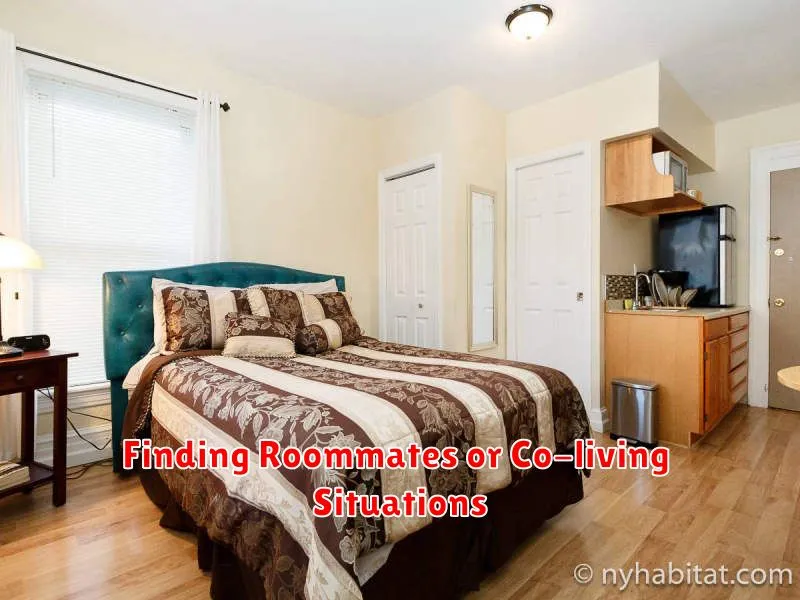
If you’re on a tight budget, consider finding roommates or joining a co-living situation. Sharing an apartment with others can significantly reduce your rent costs. Websites like Craigslist, Facebook Marketplace, and SpareRoom are excellent resources for connecting with potential roommates. Co-living spaces are also gaining popularity, offering furnished rooms, shared common areas, and often organized social events. These options can provide a more affordable living experience while fostering a sense of community.
Relocating to a More Affordable Suburb
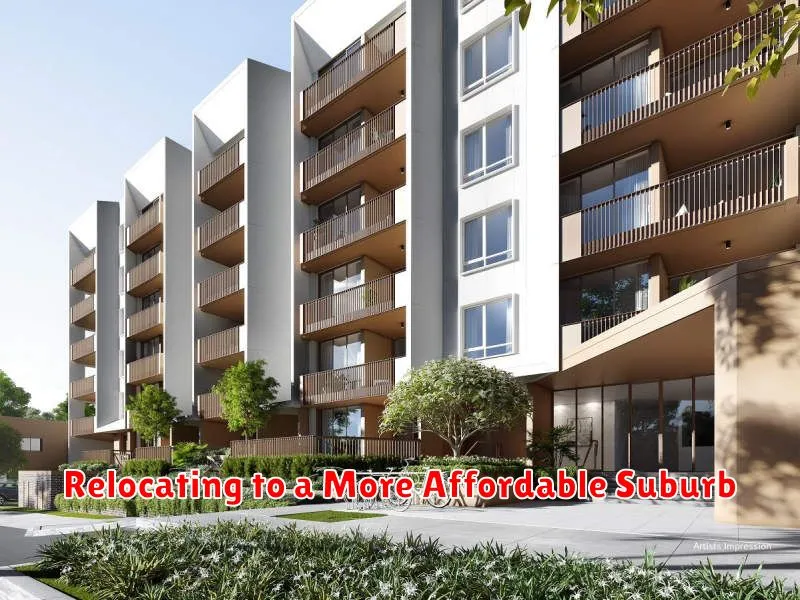
If you’re struggling to find affordable housing in a major city, consider moving to a nearby suburb. Suburbs often offer more space, lower costs of living, and a more laid-back atmosphere. You may find that you can get a larger, more comfortable apartment for the same price, or even less, than a smaller, less desirable unit in the city.
Before you start searching, consider the following factors:
- Commute time: How long will it take you to get to work or school?
- Access to amenities: Are there shops, restaurants, and other services nearby?
- Safety and security: How safe is the neighborhood?
- School districts: If you have children, you’ll want to consider the quality of the local schools.
Once you’ve narrowed down your search, you can start looking at apartments. Check online real estate websites, local newspapers, and community boards. Make sure you compare prices and amenities carefully before you make a decision.
Exploring Shared Housing Options
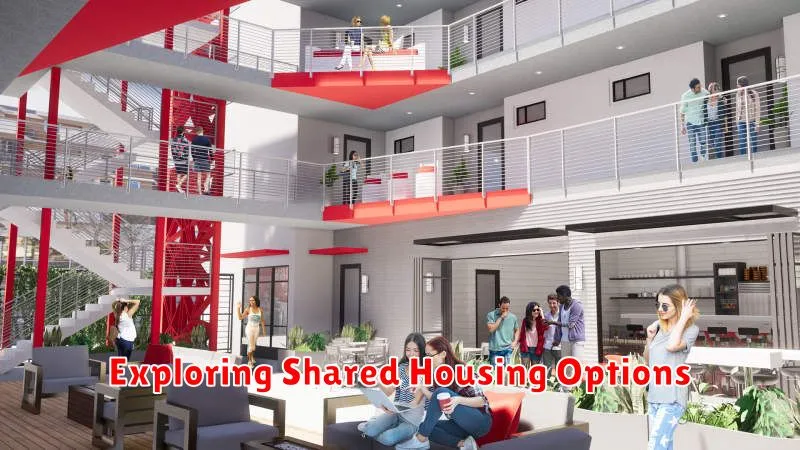
Shared housing, also known as co-living, offers a practical and cost-effective way to navigate the high rent prices of expensive cities. Whether you’re a student, young professional, or simply looking to save on rent, exploring shared housing options can be a smart move. There are numerous options available, ranging from traditional roommates to more structured co-living arrangements, each offering its own set of pros and cons.
Traditional Roommates involve sharing an apartment or house with one or more individuals. This option typically provides more privacy and independence than co-living, but also requires more responsibility for household tasks and managing shared spaces. Co-living arrangements, on the other hand, often include amenities such as shared common areas, kitchens, and laundry facilities, often with a dedicated community manager to handle maintenance and ensure smooth operations. These setups can provide a sense of community and support, fostering social connections with like-minded individuals.
When considering shared housing, it’s crucial to carefully assess your needs and preferences. Consider factors such as desired level of privacy, budget, proximity to work or school, and compatibility with potential roommates. Researching different co-living spaces and engaging in open communication with potential roommates can help you find an arrangement that suits your lifestyle and financial goals.
Considering Co-living Spaces
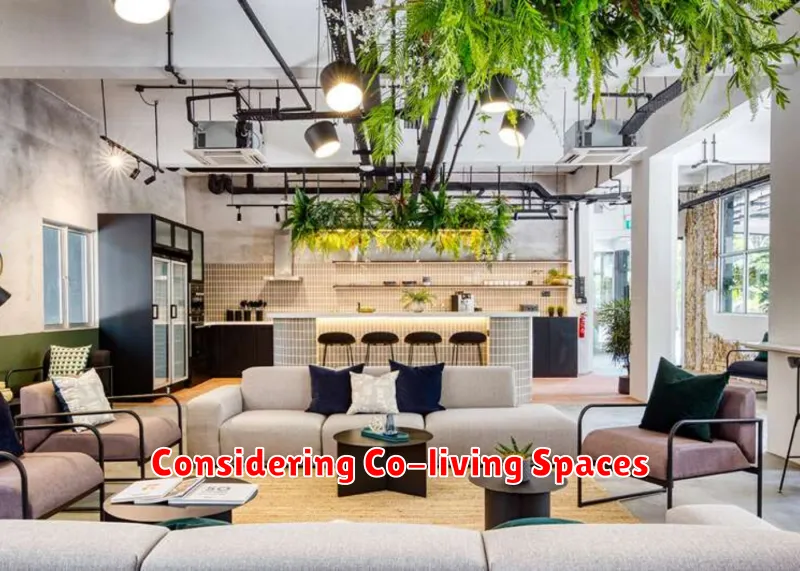
Co-living spaces are an increasingly popular option for people looking for affordable housing in expensive cities. These spaces offer shared living arrangements, often with private bedrooms and shared common areas such as kitchens, living rooms, and laundry facilities. Co-living can significantly reduce your housing costs, as you’ll be sharing rent and utilities with other residents.
Many co-living spaces also offer additional amenities, such as social events, community workshops, and access to shared workspaces. This can be a great way to meet new people and build a sense of community.
If you’re considering co-living, it’s important to do your research and find a space that aligns with your needs and lifestyle. Consider factors such as the location, the amenities offered, and the community vibe. You may also want to check out online reviews to get a sense of what other residents have experienced.

